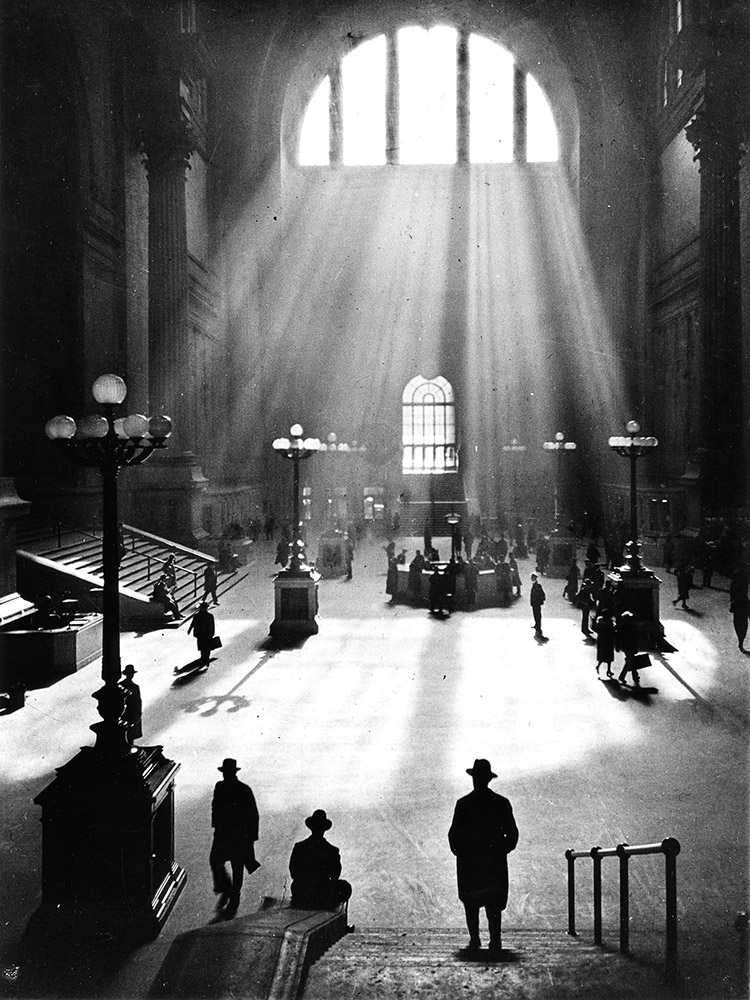
The Camera Club of New York (CCNY), may not be the first, or the only community-based photography organization in the country, but it does boast an illustrious roster of past members that easily tops other like-minded photo clubs in the U.S.
Formed in New York City in 1888 as an offshoot of the Society of Amateur Photographers, CCNY has fostered a photo community propelled by early members Alfred Steiglitz, Paul Strand and Charles Sheeler, as well as a group of early pioneers who helped turn a group of fledgeling hobbyists into a legendary photography organization.
With facilities that grew to include both color and black-and-white darkrooms, gallery space, shooting studios and digital workstations, CCNY has adpated to the multiple technological shifts that have both rocked and revitalized the medium over the years. But the increasing cost of darkroom supplies and the astronomical rent the non-profit pays for its space in Midtown Manhattan has forced the organization to shut down its darkrooms.
“It was a wrenching decision, but it just became harder and harder to justify paying $11,000 a month in rent when our membership was declining to a point where it wasn’t supporting the space,” Allen Frame, a long time board member at CCNY tells TIME.
The organization expects to sign a lease this week on a new space on the Lower East Side that will serve as a gallery and educational facility, which they anticipate will open in conjunction with the annual Zine and Self-Published Photobook fair this September, but for the first time in its history CCNY will not have an in-house darkroom and photo studio. To ensure that photographers will still have access to the analog resources they are committed to providing to their members, CCNY has entered into an space-share agreement with the International Center of Photography that will allow current and future members access to the darkroom facilities, and marks the first time that ICP has allowed access to anyone other than its own students and faculty.
“When we announced this, there was a lot of dismay, and I totally sympathized as someone who still shoots film myself. But when faced with the financial situation it was hard to argue against the idea of a partnership,” says Frame.
While history hangs heavy in the hearts and minds of many members, lately it’s played a lesser role in driving interest (and members) to the club. “History hasn’t really helped us,” Frame explains. “It’s certainly important to some people, but we’ve had to establish ourselves as a contemporary organization.” That means photo auctions that reflect trends in the art market, programs that support emerging artists, including Rona Yefman, Martine Fougeron, and Brea Souders, and a more efficient way to provide access to resources that are still a vital part of the medium.
“There are photographers who’ve done residencies who never used a darkroom, and when given the opportunity and the access have come in and made some really incredible work. That’s what we’re here for,” Frame says.
CCNY has perhaps severed its analog roots, but remains committed to traditional photography. With its eyes to the future and a foot planted firmly in the past, New York’s most historic camera club is on a mission to preserve the process and push the practice forward, bringing its legacy to a new era of modern photographers.
Krystal Grow is a contributor to TIME LightBox. Follow her on Twitter and Instagram @kgreyscale
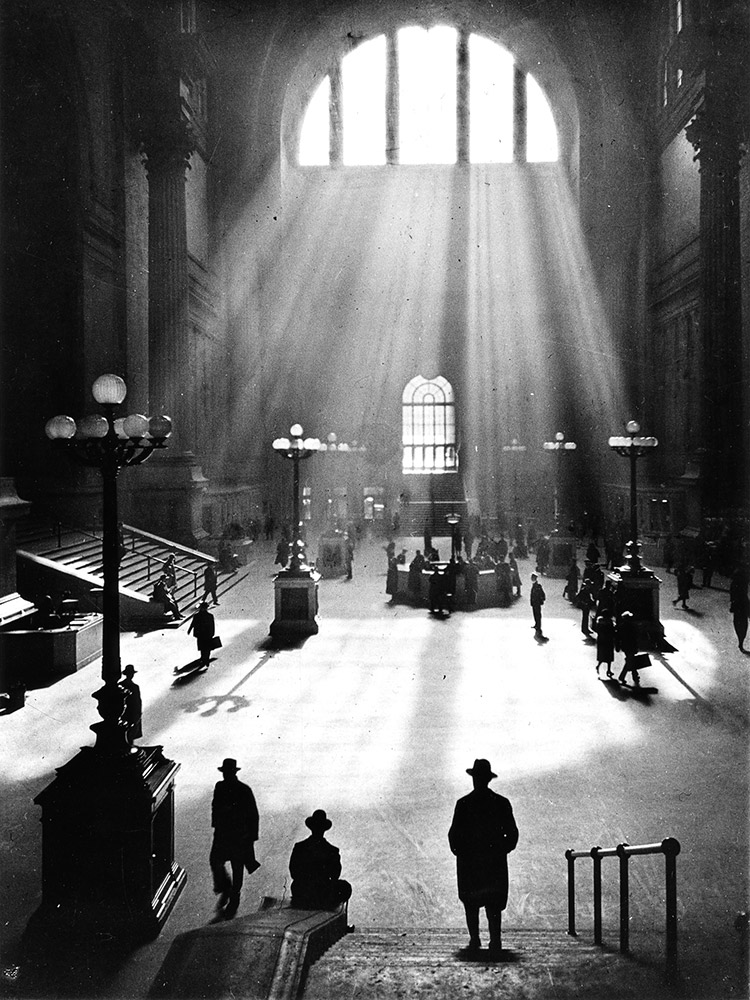

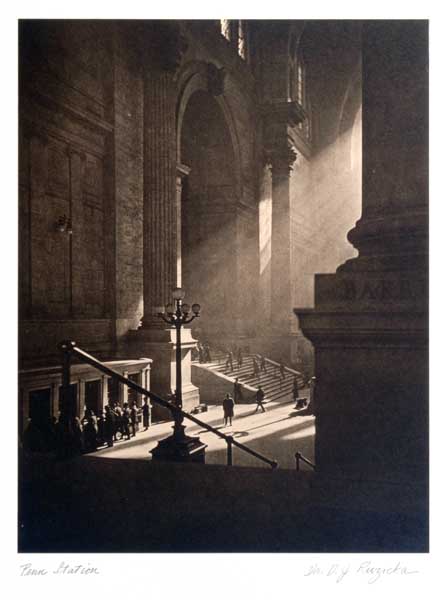

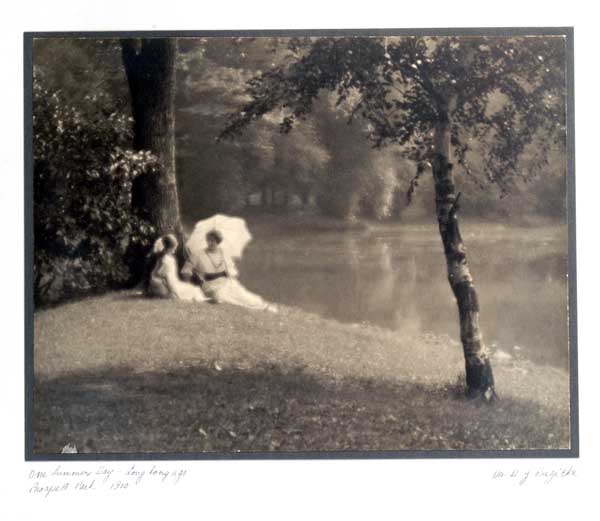
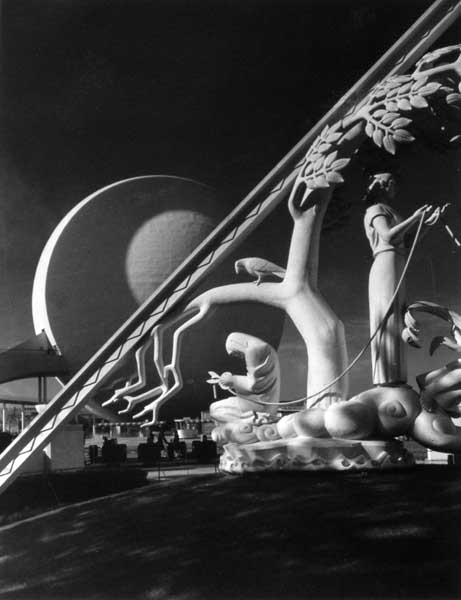

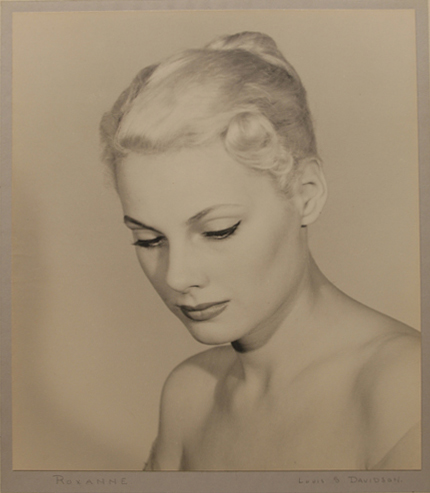
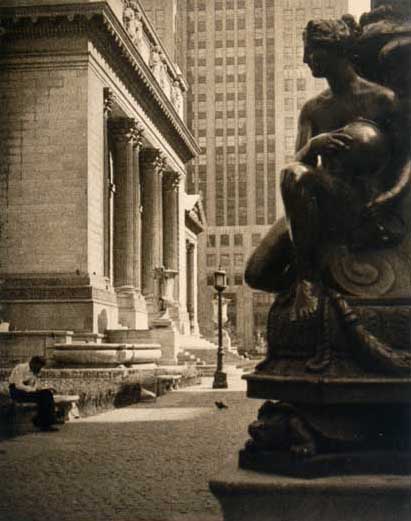

More Must-Reads From TIME
- The 100 Most Influential People of 2024
- The Revolution of Yulia Navalnaya
- 6 Compliments That Land Every Time
- What's the Deal With the Bitcoin Halving?
- If You're Dating Right Now , You're Brave: Column
- The AI That Could Heal a Divided Internet
- Fallout Is a Brilliant Model for the Future of Video Game Adaptations
- Want Weekly Recs on What to Watch, Read, and More? Sign Up for Worth Your Time
Contact us at letters@time.com